Q&A with Ferrari Chairman Luca di Montezemolo
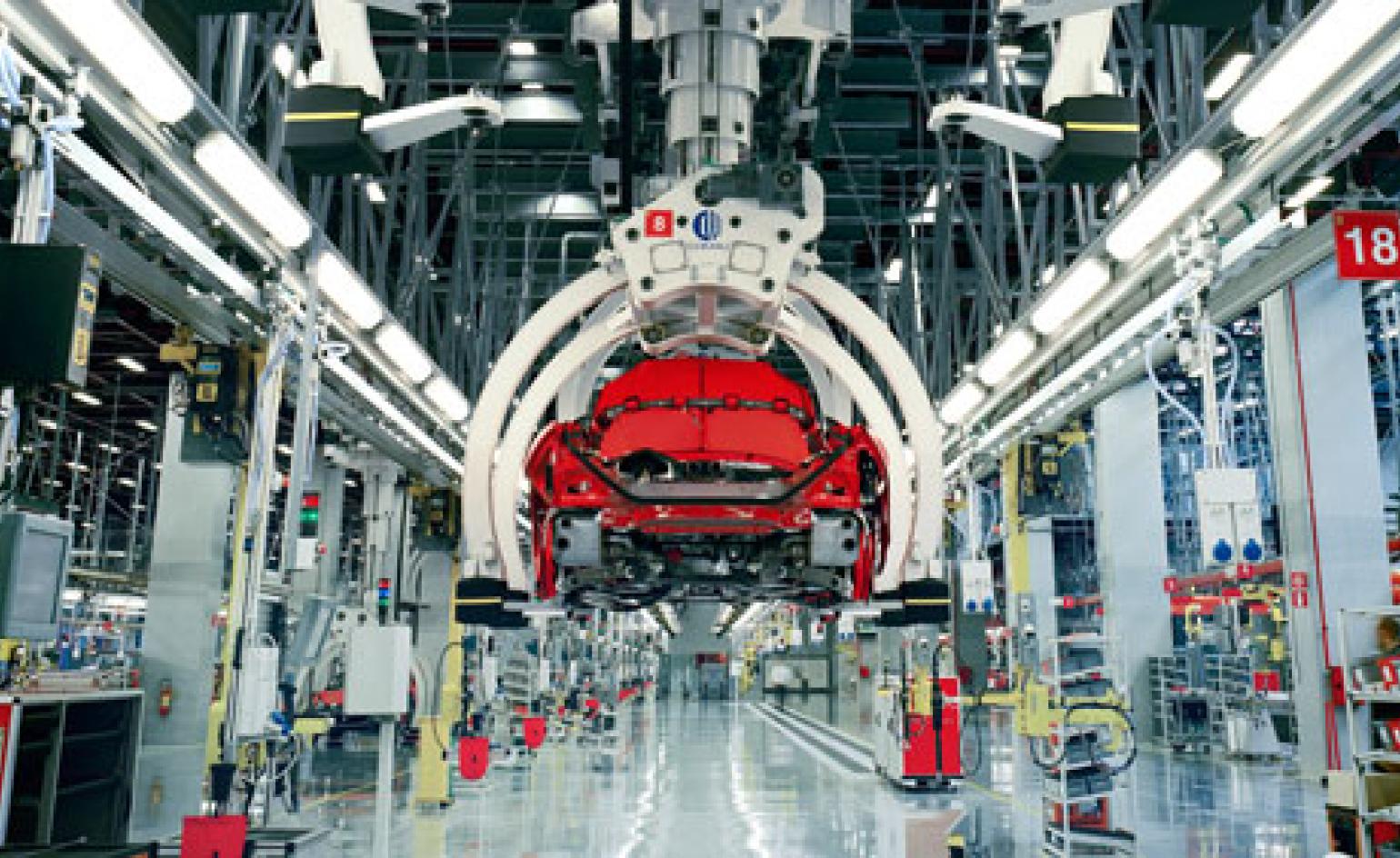
In the April issue (W*121) Wallpaper* visit the Ferrari HQ in Maranello to take a peak at the newest addition to the architectural stable, Jean Nouvel's Car Assembly Lines, where the company's latest product, the California, is currently being pieced together.
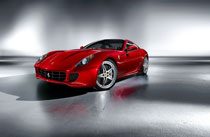
See more of Ferrari's latest gut-punching drive, the California
For the full feature, including W* photographer Christopher Griffith portfolio of images see the April issue
Wallpaper.com, however, catch up with Ferrari Chairman, Luca di Montezemolo, to discuss the world of architecture and the world of cars, and how when it come to Ferrari they are so comprehensively linked.
Is modern architecture now an integral part of Ferrari's strategy and brand management?
I would say that involving great architects is a consequence of a wider strategy of Ferrari which has its people as the main focus. I always said that to make the best cars in the world we need the best people in the world, and to attract, retain and motivate them, we need to offer them the best place to work.
To achieve this objective, when we decided to renew the whole Ferrari site we involved architects who could help us in providing our people with the best work environment. One of my greatest satisfactions is that, in 2007, our efforts were rewarded when Ferrari was recognised as the 'Best Place to Work in Europe' by the Great Place to Work Institute.
Receive our daily digest of inspiration, escapism and design stories from around the world direct to your inbox.
When did the tradition start of commissioning major architects to work at Maranello?
In the 1990s we started the 'Formula Uomo' program, aimed at constantly improving the work environment and the facilities available at Ferrari. The first project was the Wind Tunnel designed by Renzo Piano, which was completed in 1997. In subsequent years, we have continued with the New Mechanic facility by Marco Visconti, the New Logistics centre for the Racing Department by Luigi Sturchio, the Product Development Centre by Massimiliano Fuksas, the New Paintshop by Marco Visconti, and, most recently in 2008, the New Assembly Lines by Jean Nouvel and the new Company's Restaurant by Marco Visconti.
How have the new buildings been part of Ferrari's environmental strategy?
We have a plan regarding the environment which involves our road cars, for which we are targeting a reduction of CO2 emissions by 40% by 2012. At the same time, we want to reduce the emissions from our production facilities through a better use of the energy and the use of alternative sources.
The extensive use of glass for our buildings, as well as some of the most advanced technologies to control the light inside the buildings, are just part of the plan. We also built a solar plant which, together with a trigenerator that will be installed early next year, will allow us to reduce energy consumption by 25% and CO2 emissions by 35%. This new installation will make Ferrari completely self sufficient in terms of energy needs.
Another part of our environmental strategy is to reduce our impact on the environment, and we have done this by planting numerous trees along the internal roads and inside the production buildings, as well as the resting areas with inside gardens; we also introduced more than 100 bicycles to allow our people to move inside the factory more easily.
How do you balance the need for new, cutting edge architecture, and the historic parts of Enzo Ferrari's original factory? Are any parts of the Maranello complex designated a historic national monument?
The mix of tradition and innovation is part of our culture. Even while renewing the buildings, we maintained that balance. For instance, the New Assembly Lines by Jean Nouvel is made in steel and glass, but on its surface, the pre-existing wall is reflected, to maintain a visible link with the past. The historic entrance of the factory, through which the first Ferrari car, the 125 S, went out in 1947, as well as the old wall which runs along via Abetone, have not been touched, and we will never change this historic façade that represents an important part of our heritage.
Aside from Renzo Piano, Marco Visconti, Massimiliano Fuksas and Jean Nouvel, which other architects have worked on the site?
We need to mention Luigi Sturchio, who designed the New Logistics centre for the Racing Department. This zeppelin-shaped facility is the starting point from where the F1 team leave for the Grand Prix all over the world. It has also a multifunctional 'soul' and it is often used for internal events, such as the recent celebration of our 16th Constructor's title, or even public events like the RM Auction which is held here every May.
We will also soon start working on new headquarters for the F1 team in Fiorano, just beside our historical track. The project has been assigned to another well-known French architect, Jean-Michel Wilmotte.
Which architects have been appointed for the Maranello Village complex?
The complex was built according to the local architectural tradition. We used a local architect to guarantee the perfect integration of the building in the local landscape with element recalling the tradition of the cascine in Emilia Romagna. Of course we were as always really careful about its functionalities to create a perfect place for our colleagues who live there so there are restaurants, a bar, a laundry and a gym and even a cycle track of 4 kilometres which leads to the factory. We added a touch of Ferrari in the exterior walls which are partially red and in the naming of the buildings, like Monza or Suzuka, which recall F1 tracks where Ferrari has always been a protagonist.
Will there be a strong architectural approach at the forthcoming 'Ferrari World' proposal in Abu Dhabi? Is that under Ferrari's direct control?
The objective is to realize a theme park where all the passionate Ferrari clients and fans can experience the myth and the excitement of Ferrari, using the most advanced technologies. We are overseeing that and are working closely with our partner, Aldar, the real estate developers from Abu Dhabi, who are investing more than US$ 600 million to make a world-class and cutting-edge entertainment resort. They are taking advantage of the support from the best professionals around the world in each field.
How important is modern architecture to the public presentation of Ferrari?
Ferrari's image has always been communicated by its products, i.e. cars, that represent the state of the art of the automotive industry for both design and technological innovation. The factory has been renewed in order to keep on reaching such excellence in our products. The main objective working with famous architects is functionality more than design, though we also care about the esthetics whenever it deals with Ferrari, of course. Functionality in Ferrari means: larger working spaces, ergonomy, technology mixed with handcrafting, automation to avoid hard jobs that do not require man's skills, green areas.
What is the selection process for architects working with Ferrari?
Usually we select 2 or 3 companies and we define our requirements in terms of work environment. We explain to them what people will do in that building and what are our technical needs. I must admit that meeting them personally is a great benefit, because they can better understand what we want and what we are trying to achieve. Then we examine the different projects and together with my closest colleagues we make a final selection and choose who we would like to work with on each project.
Have you personally commissioned an architect to work on a residence of your own? Who are your favourite contemporary architects?
Modern art, design and architecture are among my strongest passions. One of the best moments of my life was when I was awarded with Laurea Honoris Causae in Design at the Politecnico of Milan and, during my Lectio Brevis, I could see in front of me some of the best names of the modern architecture and design. Furthermore, my family is also the majority shareholder in Charme, the investing fund who owns companies like Poltrona Frau, Cassina, Cappellini, etc., that are among the most important brands in design. Thanks to this, I am pleased to work with the most distinguished and creative contemporary designers.
Finally, with the recent unveiling of the Michael Schumacher tower concept by LAVA in Dubai, do you think there is potential for Ferrari to adopt an even bolder aesthetic in the future?
It does not matter how bold the aesthetic will be. What matters is the functionality for our people. Look at the Wind Tunnel by Renzo Piano: in the 1990s it was a revolutionary project and it still is, but with Renzo we weren't looking for the 'shocking' aesthetic but for 'shocking' functionalities. Working with such innovative personalities you always have an innovative impact on aesthetic, too.
Jonathan Bell has written for Wallpaper* magazine since 1999, covering everything from architecture and transport design to books, tech and graphic design. He is now the magazine’s Transport and Technology Editor. Jonathan has written and edited 15 books, including Concept Car Design, 21st Century House, and The New Modern House. He is also the host of Wallpaper’s first podcast.
-
 Roland and Karimoku expand their range of handcrafted Kiyola digital pianos
Roland and Karimoku expand their range of handcrafted Kiyola digital pianosThe new Roland KF-20 and KF-25 are the latest exquisitely crafted digital pianos from Roland, fusing traditional furniture-making methods with high-tech sound
-
 Fulham FC’s new Riverside Stand by Populous reshapes the match-day experience and beyond
Fulham FC’s new Riverside Stand by Populous reshapes the match-day experience and beyondPopulous has transformed Fulham FC’s image with a glamorous new stand, part of its mission to create the next generation of entertainment architecture, from London to Rome and Riyadh
-
 A contemporary Mexican hotel emerges from a 16th-century ruin in Mérida
A contemporary Mexican hotel emerges from a 16th-century ruin in MéridaA renovation project by Zeller & Moye, Mérida’s new Hotel Sevilla wears its architectural interventions lightly, mixing new brutalist elements into listed interiors and a palm-filled courtyard
-
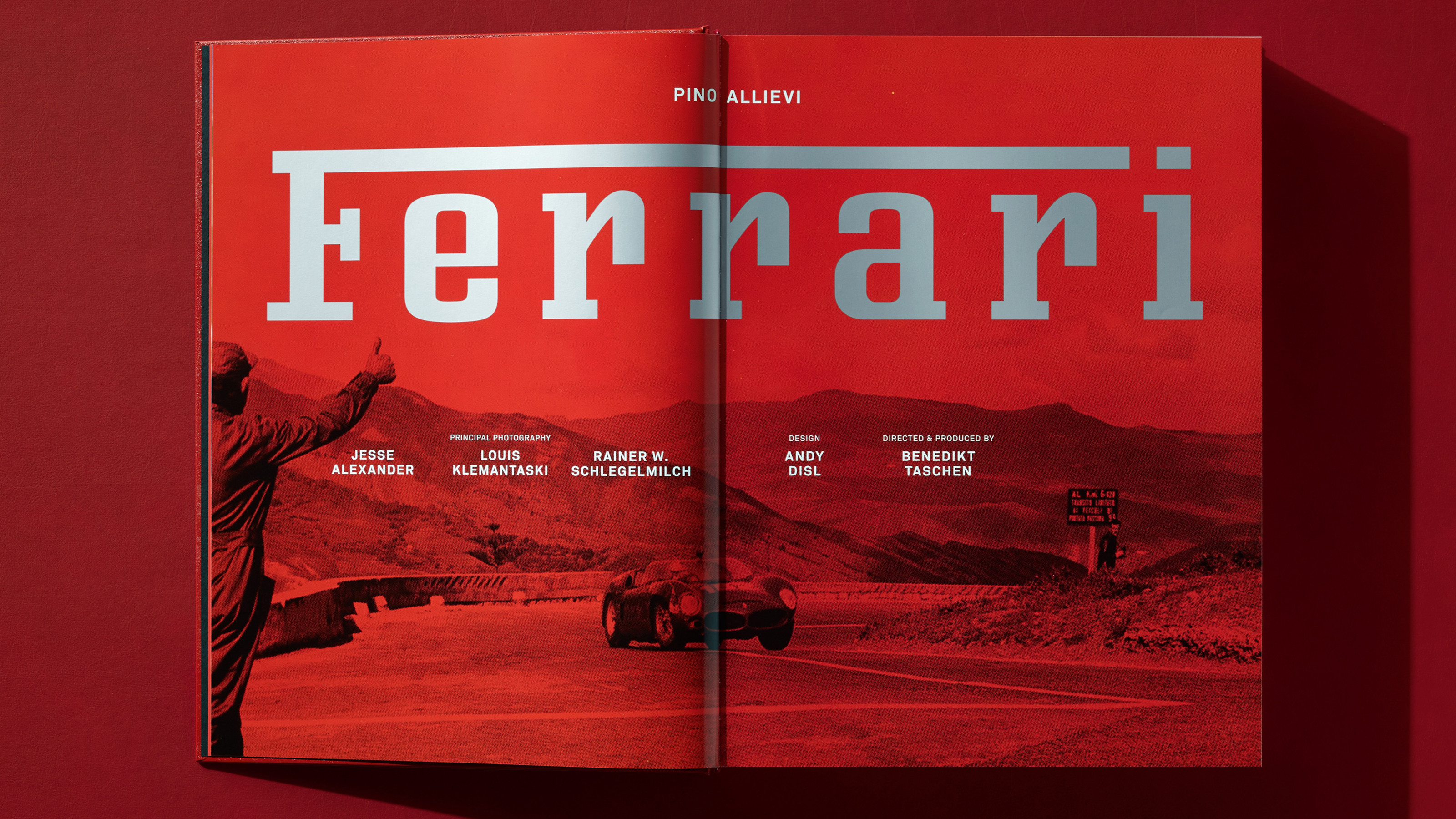 Taschen’s all-encompassing history of Ferrari is a mighty monograph for a mighty brand
Taschen’s all-encompassing history of Ferrari is a mighty monograph for a mighty brandAt nearly 700 pages, this new book from Taschen is the ultimate gift for the Ferrari fan in your life, spanning the brand’s history on road and track from inception through to the present day
-
 How will future car interiors take shape? London studio NewTerritory has a vision for automotive design
How will future car interiors take shape? London studio NewTerritory has a vision for automotive designDesign studio NewTerritory has set up a new automotive division to explore the future of car interiors. We interrogate the team
-
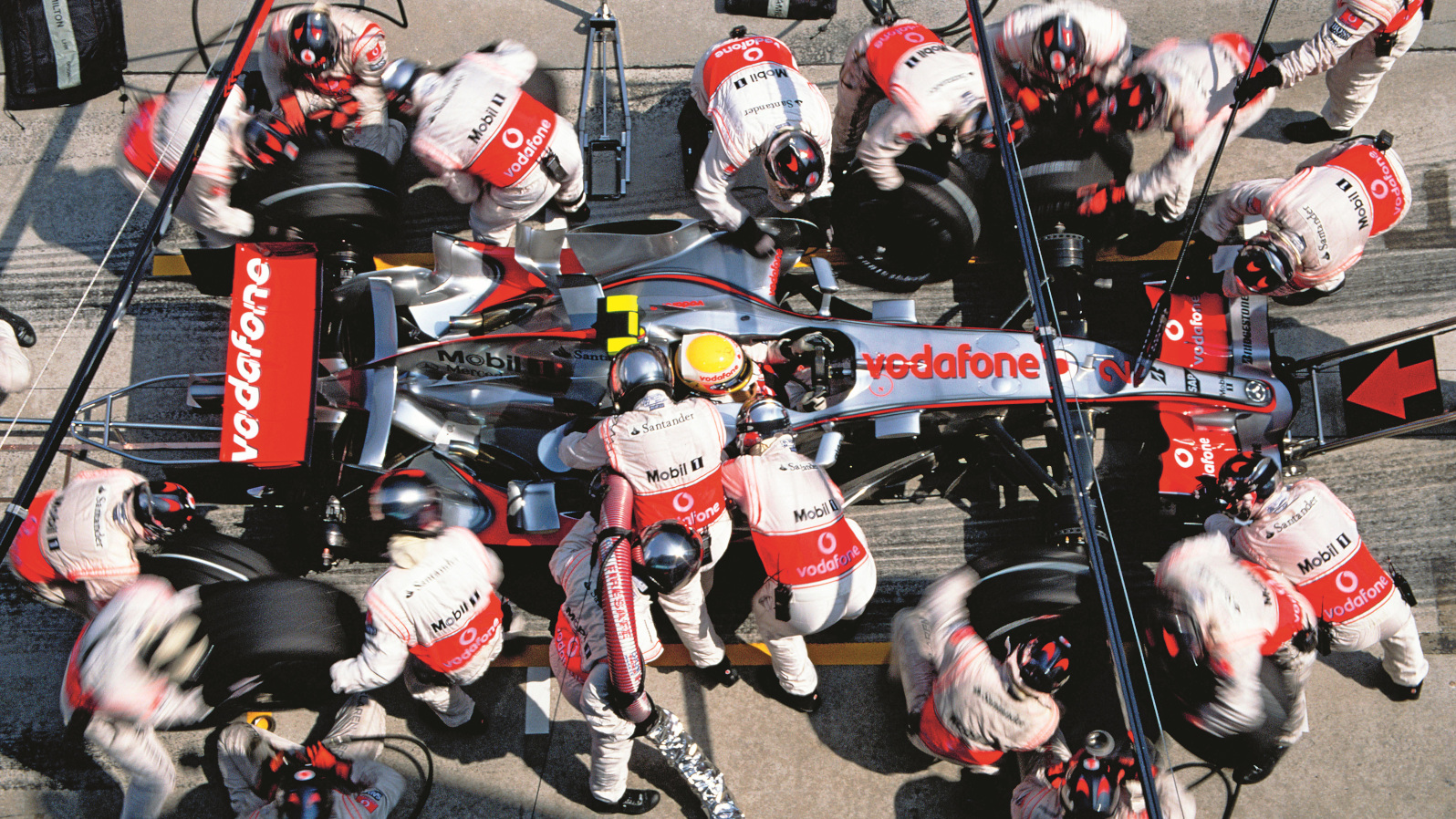 Formula 1 in photos: 100 memorable moments
Formula 1 in photos: 100 memorable momentsA new book, ‘Formula 1: The Impossible Collection’, marks 75 years of the motor-racing championship – a history full of tenacity, triumph and tragedy
-
 Ferrari drops the top on its mighty 12Cilindri super coupe to create the elegant Spider
Ferrari drops the top on its mighty 12Cilindri super coupe to create the elegant SpiderWe drive the new Ferrari 12Cilindri Spider, a last and glorious hurrah for the sound of the V12
-
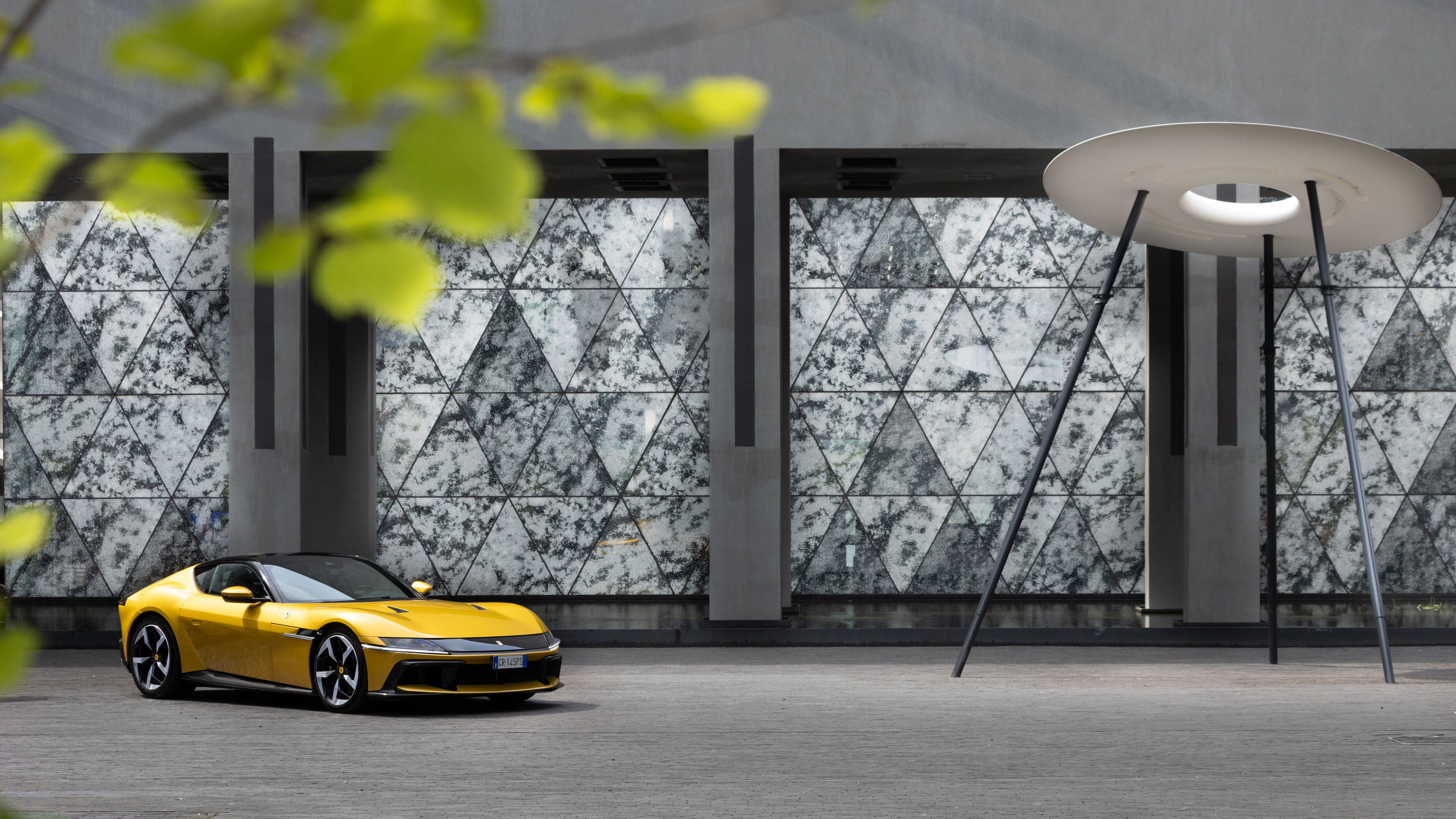 The Ferrari 12Cilindri is the ultimate expression of the marque’s greatest engine
The Ferrari 12Cilindri is the ultimate expression of the marque’s greatest engineWe sample Ferrari's latest, the mighty front-engined grand tourer that bears a simple descriptive name, 12Cilindri
-
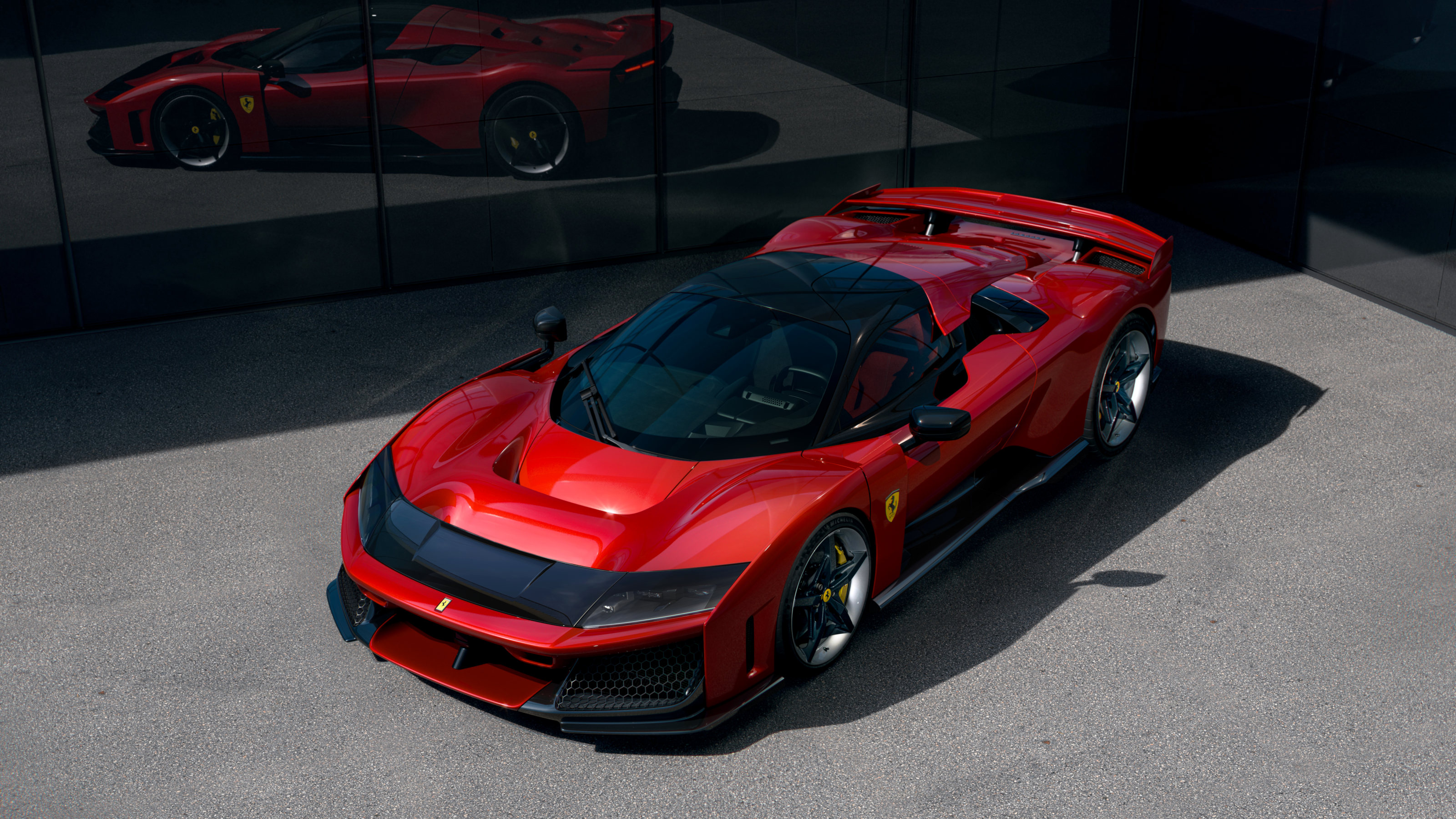 The Ferrari F80 continues the company's tradition of using supercars to showcase tech
The Ferrari F80 continues the company's tradition of using supercars to showcase techJust 799 examples of Ferrari’s ferociously complex and high-tech styled F80 will be made, helping give shape to the sports cars of tomorrow
-
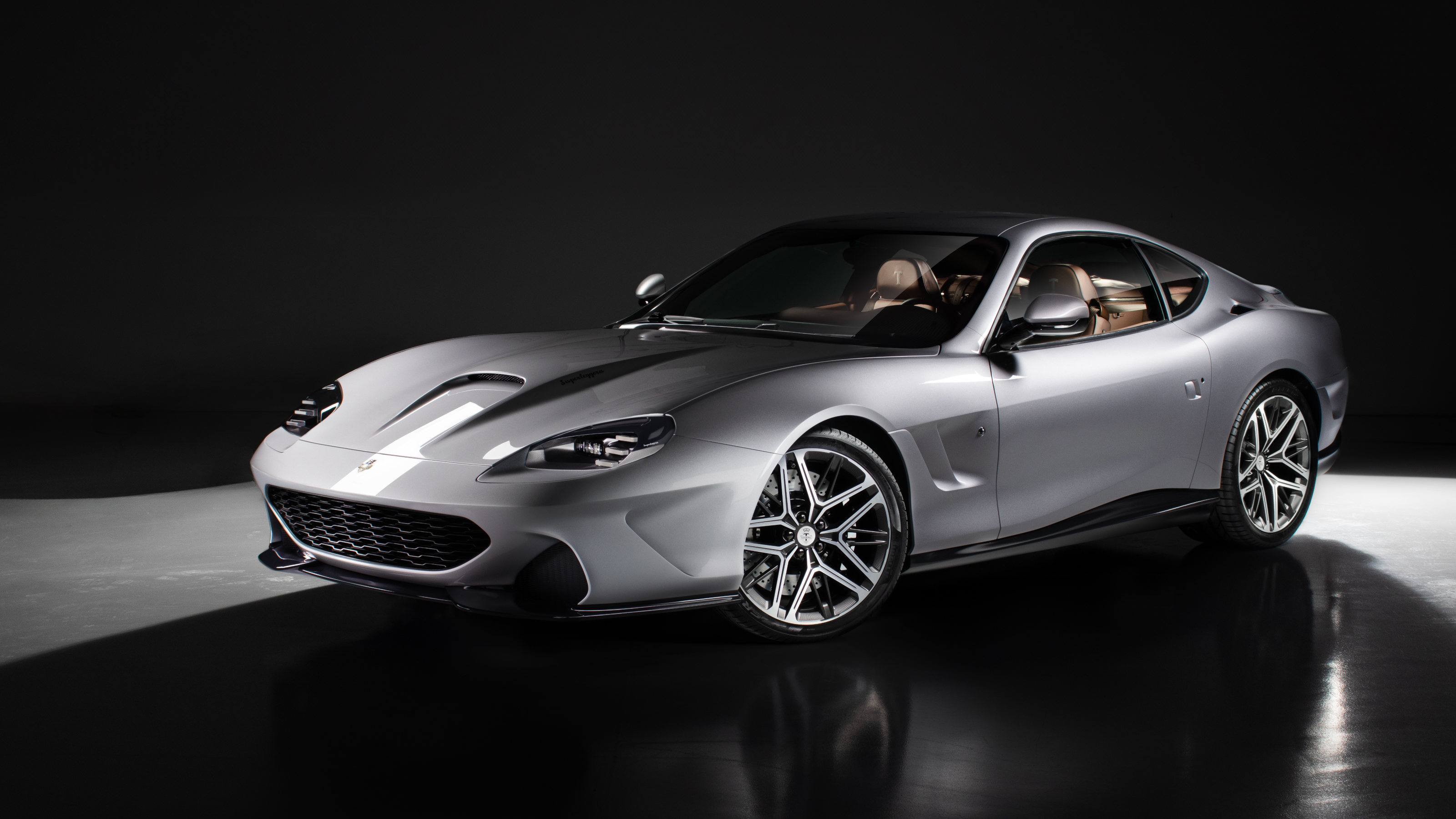 A 90s icon of Italian sports car design is reborn as the Veloce12 by Touring Superleggera
A 90s icon of Italian sports car design is reborn as the Veloce12 by Touring SuperleggeraCarrozzeria Touring Superleggera have transformed the Ferrari 550 Maranello into an all-analogue, carbon-bodied GT for the modern era
-
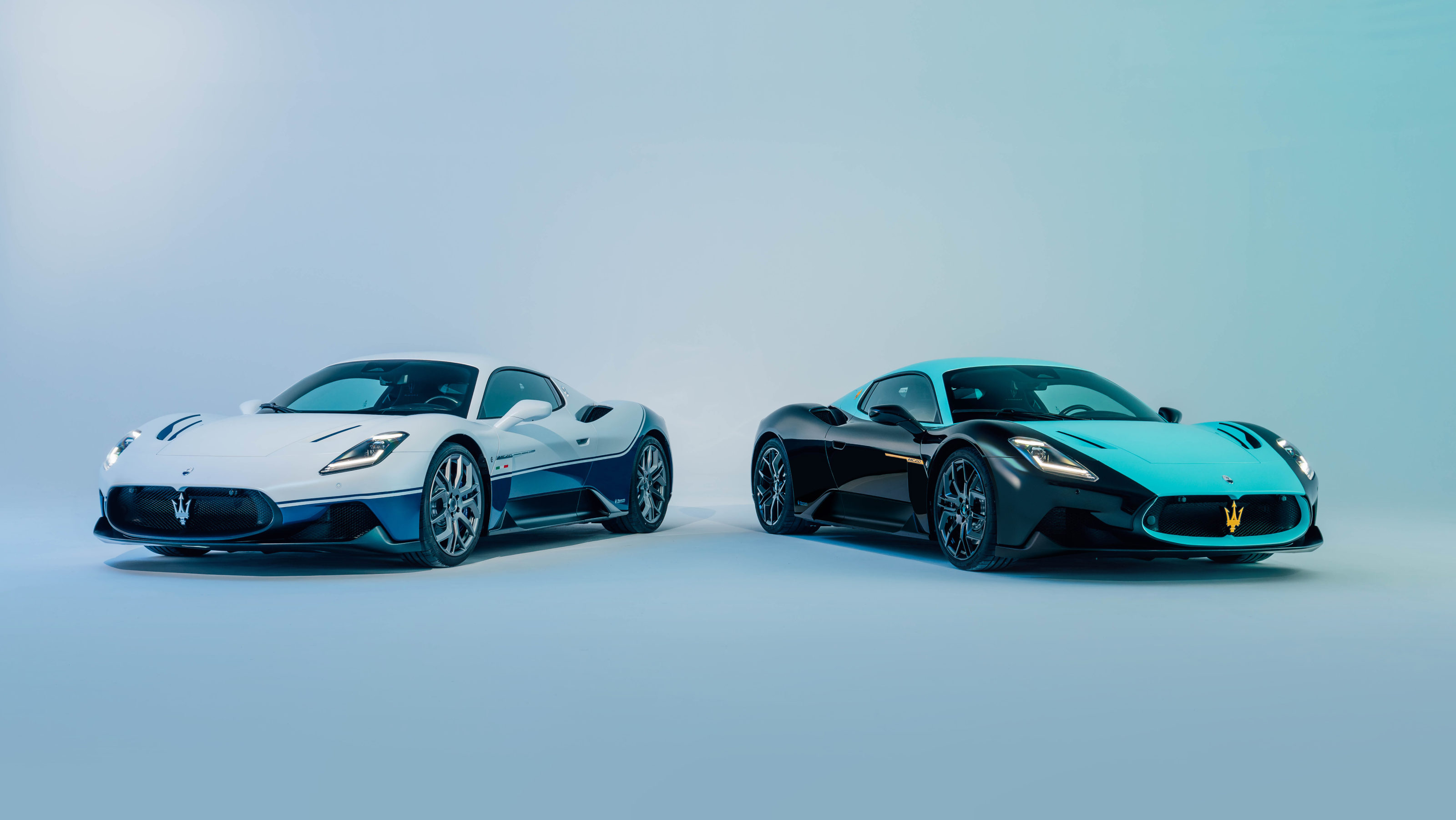 Meet two new Maserati MC20 supercars, the Leggenda and the Icona
Meet two new Maserati MC20 supercars, the Leggenda and the IconaThese Maserati MC20 special editions honour the company’s racing heritage and the 20th anniversary of the Maserati MC12 hypercar